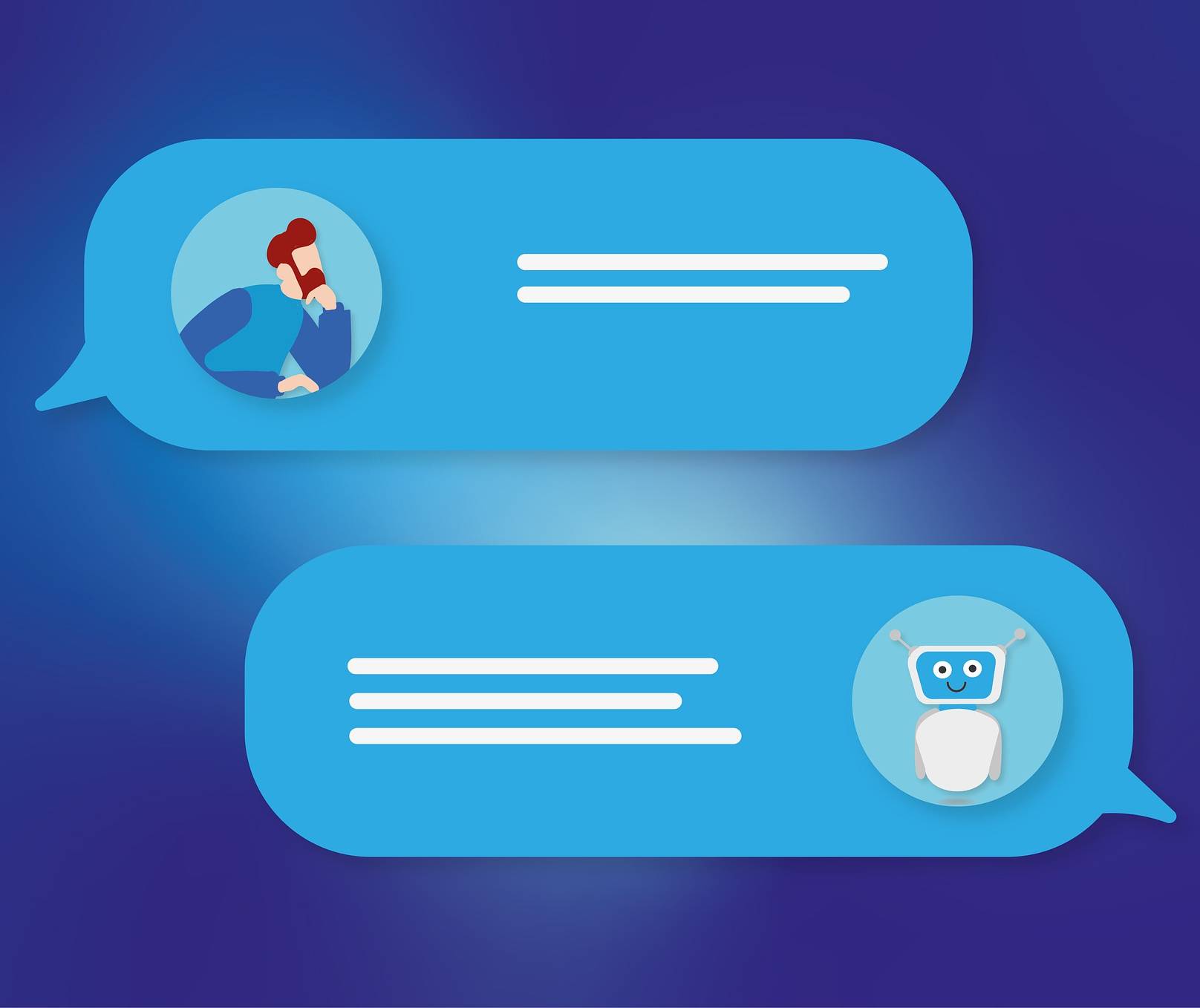Best practices: Customer support
7 steps to improve your customer service
As a B2B company, we understand the importance of providing excellent customer service. It is the foundation of any successful business. In this article, we will discuss seven steps to improve customer service and provide examples on how to implement them.

1 – Communication is key (especially listening)
We cannot overstate this! Actively listen to your customers’ concerns, complaints and suggestions. Try to understand the situation from their perspective. Listen to what they have to say without pushing your own agenda. Don’t assume that you know what they are going to say.
Active listening involves being mindful of your customer’s unique personality and their current situation. You also need to take their current emotional state into consideration. You can demonstrate that you are actively listening by using phrases like “It sounds like … ” and “Do you mean … ?” or “Let me make sure I’ve got this right.”
Make sure that you repeat the problem back to your customer in your own words. This shows that you have heard them, and confirms that you understand their problem clearly.
Make sure your communication is clear and easy to understand. Don’t confuse customers when explaining what is happening or what they need to do. Use simple language and avoid jargon. Clear and concise communication saves time and frustration.
A positive outcome of active listening is that your customers can provide you with valuable feedback and insights into how you can improve your products, services, and customer experience.
2 – Have a great attitude
Maintaining a positive attitude when dealing with customers is crucial. It shows that you are enthusiastic about helping customers and are willing to go the extra mile to provide the best possible experience.
Be patient and understanding when dealing with difficult or frustrated customers. Always be calm and professional.
Show empathy and understanding towards your customer’s situation. This will lead to improved understanding of their needs, improved problem resolution and reduced stress and conflict.
Show your customers appreciation for their business, respect their time and make a genuine effort to address their needs and concerns. Customers want to feel valued and appreciated. End the interaction by thanking the customer for their business and expressing your appreciation for the opportunity to serve them.

3 – Know your customers
Great interactions begin with knowing your customers wants and needs. Learn as much as you can about your customers. Find out things like their preferred communication channels, their technical ability, which social media platforms they use and their digital savviness. Use this information to tailor your communication with them.
We suggest that you use CRM (customer relationship management) software. This will help you track all communications with your customers.
Customers love personalisation and they don’t want to feel like just another number. Use their name in correspondence and refer back to previous interactions when appropriate.

4 – Know your product
It is vital that you have excellent product knowledge. This enables you to provide accurate and detailed information about the products or services that you are offering. When customers deal with knowledgeable staff, they leave with the impression that your company is the expert in your field. This builds credibility and trust.
Provide your staff with regular training. Knowledgeable staff will be able to provide quick and straightforward answers, which are clear, easy to understand, and relevant. Ensure all staff members know where different types of queries need to be forwarded to.
Customers will contact your business with the assumption that the information they get will be correct. You must ensure that it is!
5 – Respond quickly and professionally
It is crucial to respond to customers in a timely manner. No customer wants to be left wondering what, or even if, something is happening about their problem or query. The key is to make the follow-up process personalised, timely, and relevant to the customer’s experience.
Ensure the information that you provide is accurate and up-to-date. Customers generally understand that more complex queries take more time to resolve. If you are unable to give the customer an immediate solution, give them a timeline by which you will get back to them.
Anticipate customers’ needs and proactively offer solutions to potential problems. Going the extra mile is one of the most important things you can do to deliver great customer service.
Try to creatively problem solve. This can enhance customer satisfaction by demonstrating a willingness to go above and beyond to meet their needs.
Once you have solved your customers’ problems, follow up with them to ensure their needs and expectations have been met. This can provide valuable insights. Take the opportunity to thank them for their time and business, ask them to review your product or service or ask if they have any questions or concerns.

6 – Make it easy to get help

Make it easy for customers to contact you and receive help. If you don’t already know, find out which channels your customers use and make sure that you use them too. Examples of these include phone, email, live chat, social media platforms and contact forms.
Where possible, utilise technology in customer service. The use of technology can provide fast and efficient customer service and can innovate the customer journey. Examples of this include chat bots or automated phone menu systems.
There will be times when a customer doesn’t want to talk to someone, they want to quickly resolve their issue themselves. Self-service is a scalable, cost-effective way to satisfy these customers. This can take many forms, such as knowledge base articles, FAQs, community forums, mobile apps, videos or self-service portals.
7 – Keep your word
Keeping your word with customers is essential. This means following through on promises and commitments and providing timely updates if there are any delays or issues. This can enhance your reputation, improve customer satisfaction, and help you stand out from the competition.
Ensure that you don’t promise anything that you aren’t absolutely sure that you can deliver. Write down what you have told your customers you will do and give these commitments a due date.
In the real world, mistakes happen and things go wrong. When this happens, be upfront about it. Customers appreciate honesty. If something goes wrong, your customer will want to know what happened.
Transparency is vitally important in customer service.
Keeping your word helps towards building long-term customer relationships. Acquiring new customers can be expensive. By building long-term relationships with your existing customers, you can reduce your marketing and acquisition costs. Also, repeat customers are typically less expensive to service than new customers.

In conclusion…
Think long term when dealing with customers. Great customer service is key to fostering long-term customer relationships. These relationships create loyal customers, which are likely to lead to repeat business.
Loyal customers are likely to recommend your business to others. Word of mouth is a highly effective and a free form of marketing. Connecting with and understanding your customers is vital for sustainable business success. The greater your understanding of your customers, the greater your ability to effectively communicate and attract new customers.
Customer service is not one-size-fits-all. By investing in quality customer service, you can improve customer satisfaction, increase customer loyalty, and drive business growth.




